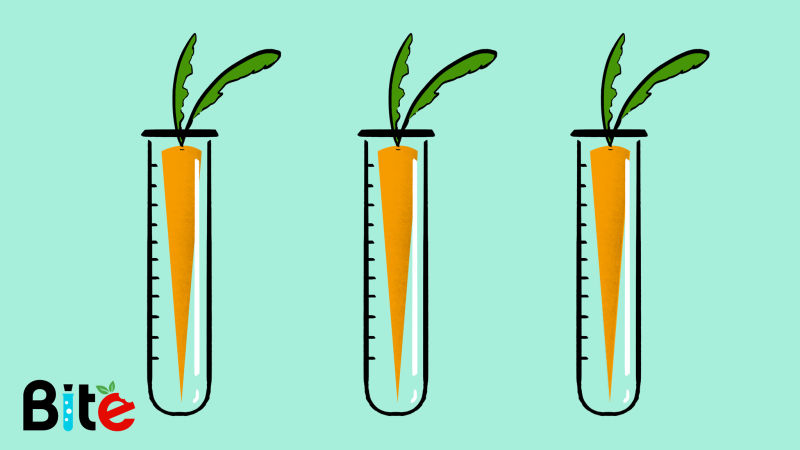
Worried that genetically-modified foods could be quietly, secretly, making their furtive way towards your plate even as we speak? Don’t be—you’ve already been eating them for a long time now.
A lot of the consternation over GMOs—particularly amongst those calling for wide-spread labeling—has centered around the idea that GMOs are something brand new and unknown. But the truth is that for a lot of crops GMO isn’t the exception. Instead, it’s long been the rule.
The USDA has been keeping updated data on the percentage of which top U.S. crops are genetically-engineered—including the number one farm crop, corn. For the last five years, all but two to three percent of American corn is genetically-engineered for insect resistance or herbicide tolerance (or both, as in almost ninety percent of all corn).

But it’s not just recently—for corn, cotton, and soy, genetic-engineering has been heavily in play for fifteen years at least—and genetically-engineered insect resistance in corn becomes an even more interesting example if you look further back than the fifteen years you see on the chart.
Most of the insect-resistant corn—called Bt corn—in the U.S. comes from genes from a bacteria found in soil called Bacillus thuringiensis. But decades before Bt-corn began to show up in U.S. farms about twenty years ago, Bacillus thuringiensis was in heavy use as a spray-on pesticide. In fact, it still is used today, in organic farming.
Sponsored
Part of the confusion is simply around the term GMO. What does GMO mean? Is Bacillus thuringiensis usage a better example of the rise of organic farming or GMO farming? Is cheese, by necessity, a GMO? The answer to all these questions depends on who you’re asking. GMO has no set definition.
What is clear is that for a lot of people it’s come to stand for something—some murky, mutant future food, sprung up from a test tube rather than the ground in a dystopian near-future. The truth is that these crops are not from some far-flung future—grim or not. They’re the crops of our present, and, indeed, our past.
Illustration by Tara Jacoby
